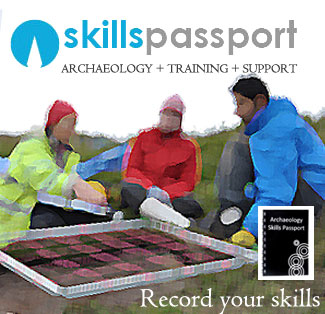Modern sites use either GPS or commonly the Total Station for site survey, grid location, coordinating artefacts or samples. The total station is an electronic theodolite (transit) integrated with an electronic distance meter (EDM) to read slope distances from the instrument to a particular point.
Coordinates of an unknown point relative to a known coordinate can be determined using the total station as long as a direct line of sight can be established between the two points. Angles and distances are measured from the total station to points under survey, and the coordinates (X, Y, and Z or easting, northing and elevation) of surveyed points relative to the total station position are calculated using trigonometry and triangulation. To determine an absolute location a Total Station requires line of sight observations and must be set up over a known point or with line of sight to 2 or more points with known location.
PRINCIPLE: Be able to set up and use either onboard memory or software to record points, coded layers & features to absolute or site coordinates.
- Novice – Can assist in the measurements or the recording of measurements.
- Competent – Is able to set up a machine for measurements and help record, but requires help to complete the process of producing a survey plan from these measurements.
- Proficient – Will confidently set up and record the readings either via an onboard memory or attached data logger producing an accurate survey for buildings, plans or topographic work.
Professional tips:
Take time to set up the machine properly, as close to the centre of the Station Peg and sight exactly on the Reference Object – your set up must be exact, or all other measurements will be wrong.
Always check the height of the machine AND the height of the staff.
Always use the prism staff at minimum height and raise it if you need to, as this prevent s the potential for the pole height slipping down over time and thus making all subsequent readings wrong.
If you knock the tripod legs, take the time to set up again – it is better to be safe than sorry.
Use whatever coordinate system you like – either local grid or UK National, but remain consistent. If you are using it to spot finds or coordinates on a site with a local grid, then stick to that, so you can record and tell people coordinates in this format. (As long as you know the absolute national grid coordinate for three fixed points.)
Kavanagh, B. F. and Glenn Bird, S. J. (1996). Surveying principles and applications (4 ed.). Prentice Hall. pp. 257–264
Traversing the Past: The total station theodolite in archaeological landscape survey 2011, English Heritage (pdf)


